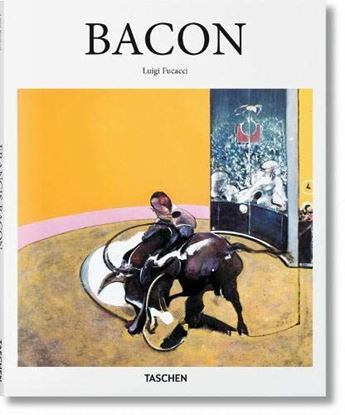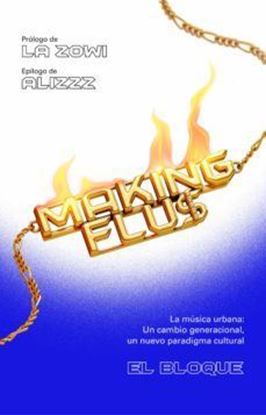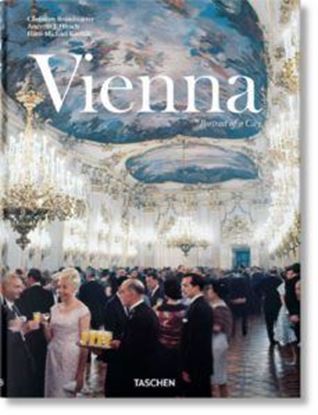

BACON (BASIC ART EDITION) GB
Largely self-taught as an artist, Francis Bacon (1909–1992) developed a unique ability to transform interior and unconscious impulses into figurative forms and intensely claustrophobic compositions.
Emerging into notoriety in the period following World War II, Bacon took the human body as his nominal subject, but a subject ravaged, distorted, and dismembered so as to writhe with intense emotional content. With flailing limbs, hollow voids, and tumurous growths, his gripping, often grotesque, portraits are as much reflections on the trials and the traumas of the human condition as they are character studies. These haunting forms were also among the first in art history to depict overtly homosexual themes.
1,350
1,013
MAKING FLU$. LA MUSICA URBANA (OF2)
De Yung Beef a C. Tangana o Rosalía: la historia de la generación musical más excitante de nuestro tiempo.
Detrás del contrato entre PXXR GVNG y Sony, de la actuación de Rosalía en los Goya, de la lona de C. Tangana en la Gran Vía de Madrid o de la entrevista de La Zowi en La Resistencia se esconde la historia más fascinante sobre un relevo generacional. Una nueva escena marcada por internet y por la falta de prejuicios en una década de momentos traducidos en rupturas aceleradas. La conversación política, estética y afectiva a través de la música que ha sido la más seguida en tiempo real. Nuevas formas de entender la industria; sobreproducción de música e imágenes, de memes y virales. Una serie de acontecimientos que nos hacen dudar de si lo que hemos vivido es realidad o simulacro.
500
375
VIENNA. PORTAIT (FO) INT
Viena combina drama y elegancia como pocas ciudades. Majestuosa y sinónimo para muchos de suntuosos palacios y grandeza imperial, la urbe a orillas del Danubio fue durante siglos el corazón del Imperio austrohúngaro. Pero más allá de la exuberancia del barroco, Viena es también una de la capitales de la refinada cultura de café y de la tradición epicúrea, y atesora al mismo tiempo un patrimonio de música, arte y diseño vanguardista y exquisito que va de Johan Strauss a Egon Schiele, de Gustav Mahler a Josef Hoffmann.Vienna, Portrait of a City es un tesoro compuesto por fotografías de los últimos 175 años que repasan la evolución de la ciudad, desde que fuera capital imperial hasta convertirse en metrópolis moderna. Un paseo visual por el tiempo y el paisaje urbano con cientos de imágenes seleccionadas cuidadosamente que muestran el desarrollo arquitectónico de Viena y de las tendencias culturales e históricas que en ella se reflejan, ya sea la Ringstraße, una Gesamtkunstwerk (obra de arte total) urbana del siglo XIX, o los experimentos de la ?Viena Roja? en la década de 1920, cuando la ciudad tuvo un gobierno socialdemócrata por primera vez.
5,400
4,050











